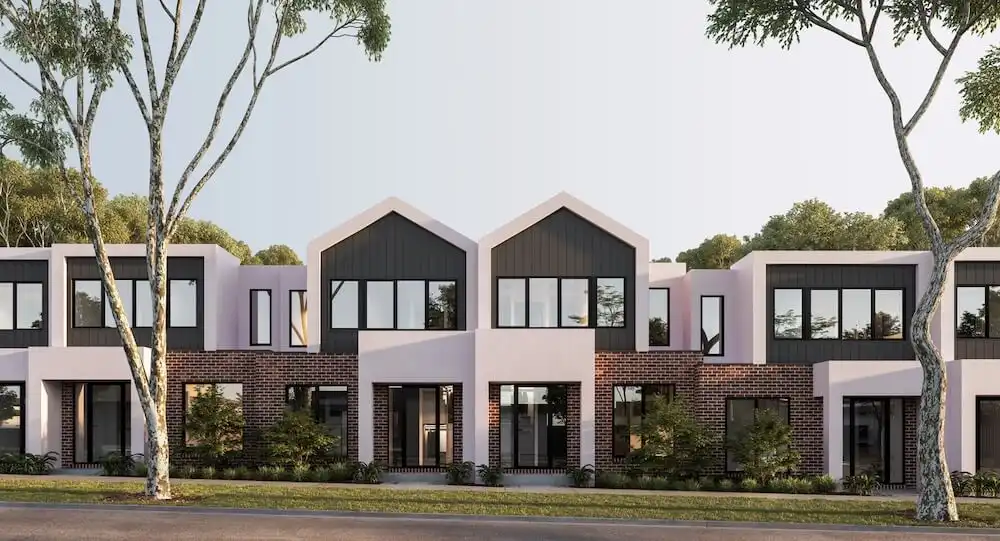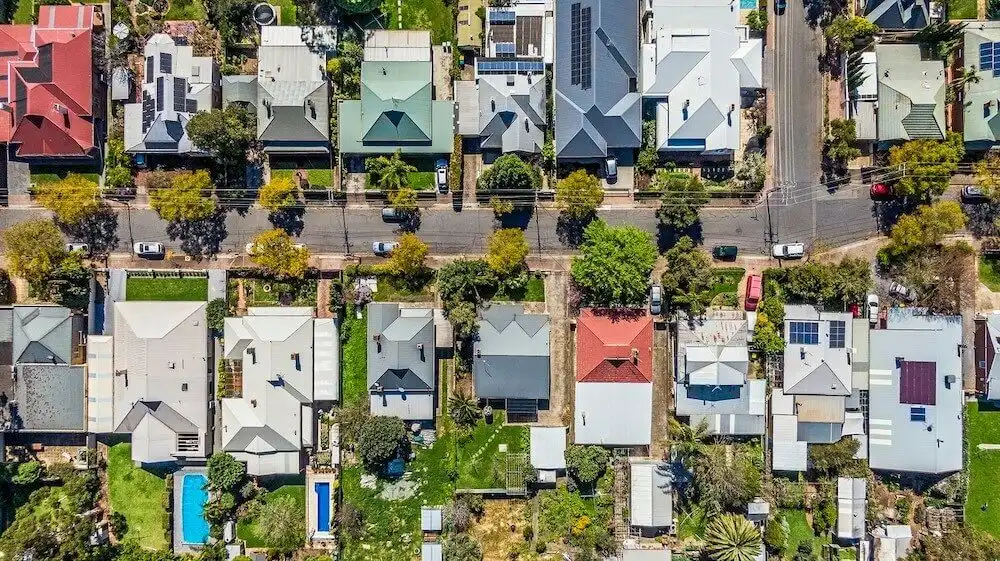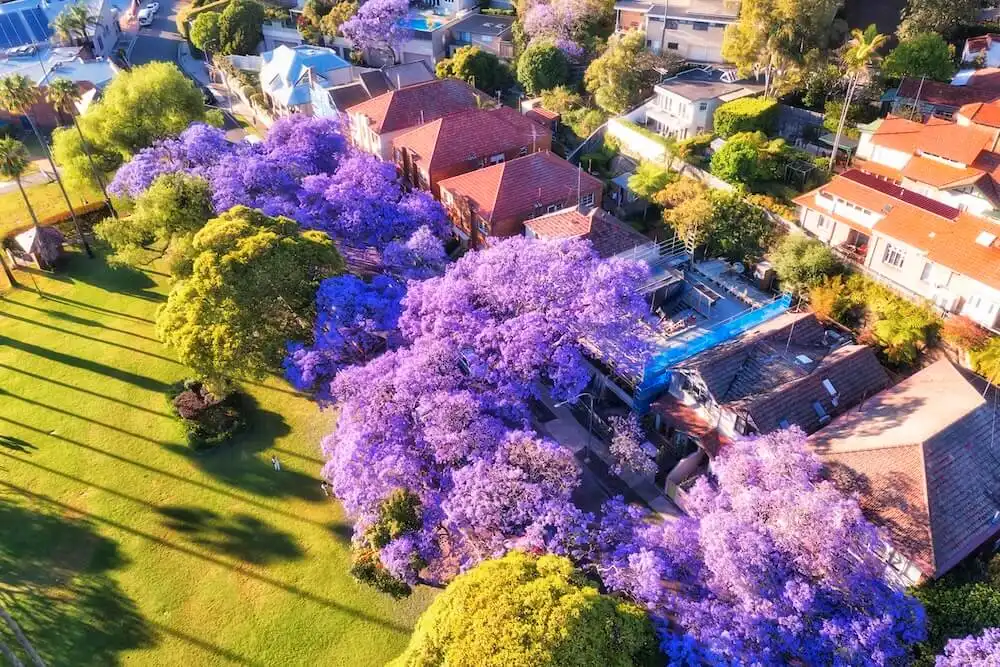Brisbane and QLD market update - April 2021
March saw the Australian property market post an explosive +2.8 per cent growth nationwide, the largest monthly jump in more than 30 years.
Expectations were that the historic boom wouldn't be repeated in April, and things have indeed eased off a bit, with Brisbane and regional Queensland posting growths of +1.7 and +1.9 per cent respectively.
They're still very punchy numbers, though, and the driving forces behind them—record low interest rates, a long-term undersupply of stock on the market, healthy consumer sentiment and persistent FOMO among buyers—have remained steady.
April did see a well above average influx of new properties listed on the market, but it still hasn't been enough to meet buyer demand.
As a result, things are still marching into the green for the Brisbane and regional Queensland markets.
Brisbane market update - April 2021
| Median property value | Monthly change | |
| Houses | $621,806 | +1.8% |
| Units | $405,902 | +1.0% |
CoreLogic's most recent data shows Brisbane's median dwelling currently valued at $558,295, almost bang on the national median growth for the month at +1.7 per cent.
It's been a fruitful three month period for Brisbane, totalling a +5.6 per cent upswing for the quarter.
Houses have done the bulk of the heavy lifting with that figure, rising +6.2 per cent for the quarter in contrast to a more muted performance for units which turned in a +3.0 per cent increase.
Domain's latest House Price Report, released late last month, showed inner Brisbane houses in particular had soared over the past year.
The capital's centre showed a massive uptick of +13.0 per cent year on year, with the east and north of the city following suit with +13.2 and +13.1 per cent gains apiece, moving them all beyond the $1 million median price bracket.
In terms of unit performance, the beachside suburb of Redcliffe in Brisbane's north-east rocketed way above the rest of the pack to jump a staggering +23.4 per cent in 12 months.
While no other locale could touch that enormous bump in unit values, the west of inner Brisbane, Bald Hills—Everton Park and Cleveland—Stradbroke areas all showed very strong results for the first quarter of 2021, rising +7.9, +7.3 and +6.8 per cent respectively.
Interstate migration looks to be a key driver in those booming areas.
Ray White New Farm agent Christine Rudolph told Domain "We are continuing to see a massive drive of interstate and expat inquiry...in the prestige market 50 per cent of our sales are driven by local buyers and the other 50 per cent are from interstate and overseas."
Regional QLD market update - April 2021
| Median property value | Monthly change | |
| Houses | $447,589 | +1.9% |
| Units | $407,594 | +1.8% |
The median home price in regional Queensland now sits at $436,120, up +1.9 per cent in April and a full +6.1 per cent for the quarter.
Unlike the division seen between Brisbane's house and unit markets, the two property types have grown at quite similar rates in 2021, and their median values sit closer together than they do in any other market in Australia.
Clint Hynes, who services the Gold Coast as Ray White Nerang's selling principal, says the rate of growth and increased buyer demand has pushed sale method trends in regional Queensland substantially towards auctions.
"We’re seeing about half of our stock is going to auction at the moment as opposed to private treaty."
"We never used to be heavy on auctions just because of the market conditions, however now we’re doing 5 out of 10 going to auction now, maybe 6," he says. "Last year was probably 1 out of 10."
Brisbane and QLD rental market update
According to CoreLogic's latest data, gross rental yields in Brisbane are tracking at 4.2 per cent, a very similar figure to other capital cities aside from Sydney and Melbourne, which are significantly lower, and Darwin, which is significantly higher.
Rental returns have more or less held firm in 2021, dropping only 0.1 per cent since January.
SQM Research's most recent figures show typical rent for a Brisbane house is sitting on $489 compared to $386 for units.
That represents a considerable increase of +6.8 per cent for house rents year on year, with units posting a more restrained +2.8 per cent rise.
CoreLogic explains in part the more favourable conditions for Brisbane landlords by saying "rental supply has also been less substantial outside of Sydney and Melbourne due to historically lower levels of investment activity and less construction aimed at the investor segment of the market."
For the third month in a row, Regional Queensland continues to produce higher gross rental yields of 5.1 per cent, just above the combined regional average of 4.7 per cent.
What's next for the Brisbane and QLD markets?
The most recent market forecast from Westpac economists Bill Evans & Matthew Hassan, published April 20th, projects a +15 per cent increase in Australian property prices by the end of 2021.
The fastest pace of growth will be in the first half of this year, they say, with a further +5 per cent growth expected in 2022.
Breaking those predictions down by capital city, they foresee the Brisbane market outperforming every city other than Sydney this year, a projected +16 per cent growth.
They then expect Brisbane to substantially outdo all other capitals in 2022, anticipating a further +10 per cent gain for the year.
Commenting on their latest house price report, Domain's senior research analyst Nicola Powell said "Brisbane is still affordable compared to other capitals … and buyers moving from Sydney and Melbourne will have deeper pockets so I think the fundamentals are there for continued price growth."
Clint Hynes provides the regional perspective, saying for now "It’s full steam ahead.
"We’ll see what happens in the next couple of months coming into tax time. Predominantly that’s always the quieter part of the year on the Gold Coast, around about July."
As long as the cash rate remains low and there's a continuing influx of interstate buyers, Hynes expects the market will continue on its path of strong growth.







